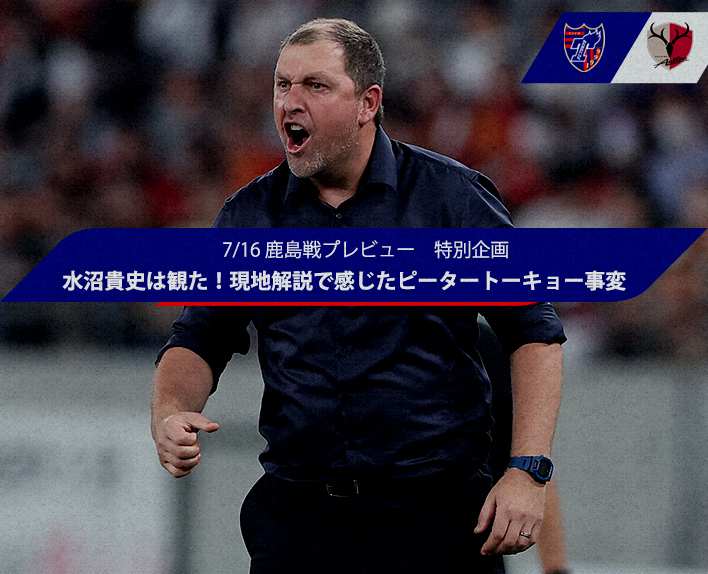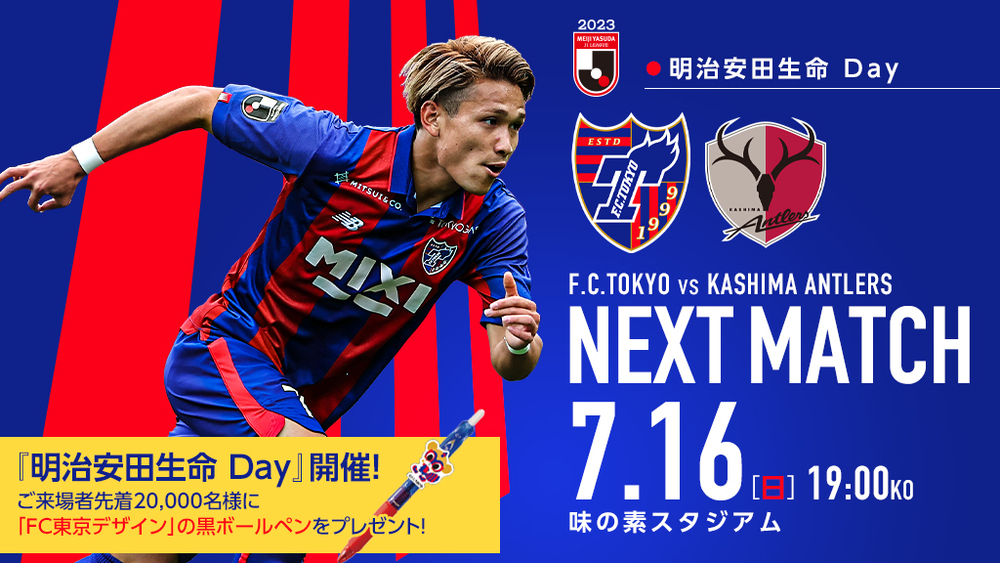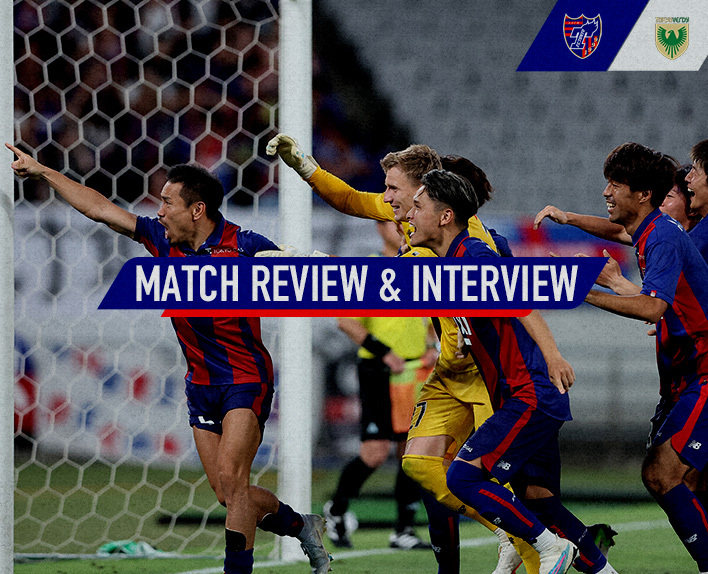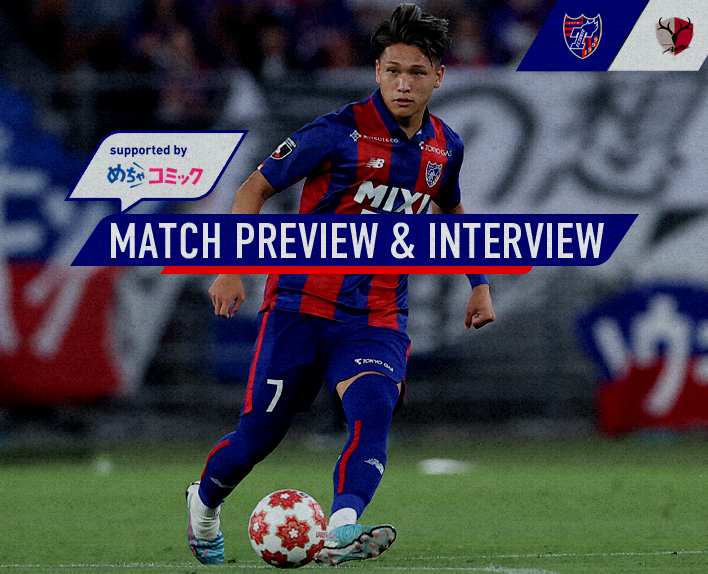After winning against Verdy in the Emperor's Cup held yesterday, the team has achieved 3 wins and 1 draw under the guidance of coach Peter CKLAMOVSKI, with no losses yet. Despite taking over mid-season, he has improved the team's situation. What has changed for Tokyo, who had suffered three consecutive losses just before his appointment, under the new coach?
We had Takashi MIZUNUMA, who provided commentary for the Kashiwa Reysol match on July 1 and the Urawa Reds match on July 8, talk about the changes in Tokyo.
Commentary: Takashi MIZUNUMA

Q: What is the most noticeable change after the transition from Coach Albert PUIG ORTONEDA to Coach Peter CKLAMOVSKI?
Mr. Mizunuma
Above all, as the results show, it's the defense, isn't it? We have had three consecutive matches without conceding a goal. It's clear that the intensity has improved. When Tokyo is clear about its direction, they tend to deliver results, and I believe we are in that state right now. With the arrival of a new coach, we have improved our defense in a good way, achieving three matches without conceding a goal. Now, I feel it's important to see how we can connect this to our attacking play.
Q: Please tell us specifically about the changes you feel in defense.
Mr. Mizunuma
The strength of the center backs is completely different, isn't it? Whether the center back can go to break up the vertical pass that the opponent's forward receives or not makes a difference. Coach CKLAMOVSKI often uses the term 'rules,' but the center back must definitely go to break up the vertical pass. In that case, the surrounding players will take their positions based on the assumption that the center back will go to break it up, and I think the subsequent shape is also organized. Some teams blur that, and Japan has many teams that stay a bit with opponents who take intermediate positions, as they are not afraid of being there, and they catch and defend when they come into the goal area. However, Tokyo now has eliminated that 'blurring.' Therefore, if they can win the ball in a high position, the short counter will definitely be effective. I think that is the biggest change. Looking at these three matches, Henrique TREVISAN seems to be becoming a key player in defense.
Q: What are your impressions of the three matches since Coach Klamovski took office?
Mr. Mizunuma
The match against Nagoya Grampus had a really good way of scoring goals. I think the intensity aimed at short counterattacks led to both goals. In the match against Kashiwa Reysol, we effectively contained the opponent's offense, allowing only three shots on goal, and the goals were scored in a different way compared to the Nagoya match, involving wide players. However, in the match against Urawa Reds, it felt like we were exposed to long balls, which broke our defensive line from the front.
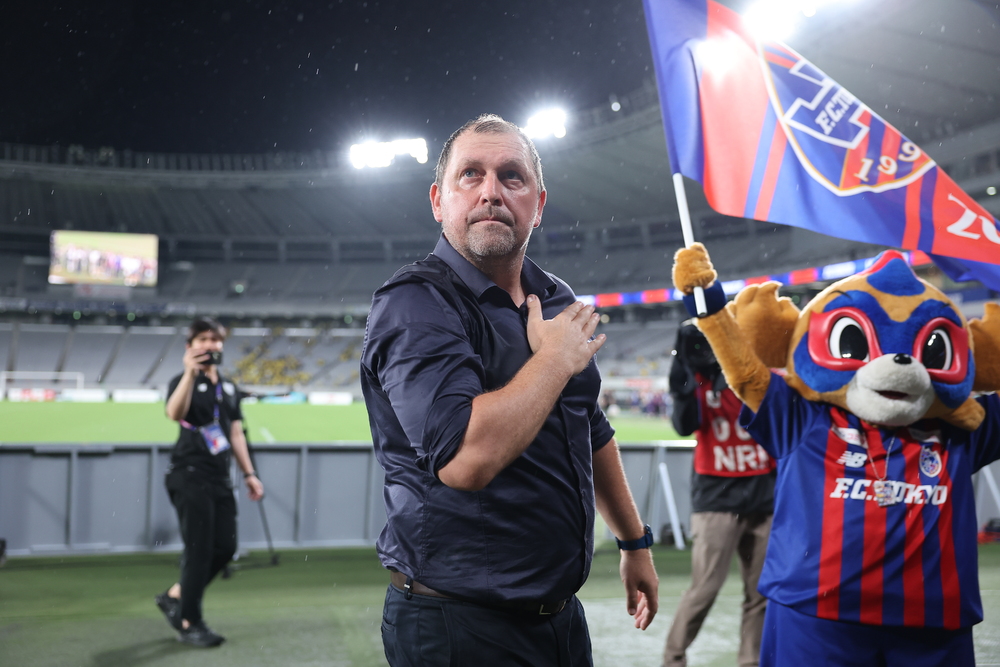
Q: At this point, do you feel that creating rhythm in defense also generates rhythm in attack?
Mr. Mizunuma
In the match against Nagoya, the number of sprints was 156, and we exceeded in distance as well. In the match against Kashiwa, the number of sprints was slightly lower, but we still exceeded in distance. However, in the match against Urawa, we exceeded in distance but lost in the number of sprints, so there might have been an impression of being forced to run. The intensity is easy to understand when looking at the number of sprints, so there might have been a feeling that we couldn't go all out in defense.
Q: Please provide an outlook for the match against Kashima Antlers on July 16 (Sunday).
Mr. Mizunuma
Both sides have high intensity, so I think the transition part will be the most important. I believe Coach Klamovski has talked quite a bit about transitions, but Kashima is not lacking in that area either. Additionally, there may be times when they come at us with long balls and power plays, so we need to stay strong in those situations. If we positively view the fact that we returned without losing at the challenging Saitama Stadium 2002, our winning percentage at Ajinomoto Stadium is high, and since the momentum is good right now, I believe there are plenty of chances to win.
Q: After the match against Kashima, we will enter a break period. What do you think needs to happen for the team to become more interesting in the future?
Mr. Mizunuma
I think it will change even more if a winger-like winger returns. If talents like Teruhito NAKAGAWA and Adailton are all together in the front line, it could be interesting. Kyosuke TAGAWA returning is significant, isn't it? The question is who will take on the role of connecting the final line and the front line. The best scenario is for Ryoma WATANABE to be in the center with Teru on the right. Wide players are wingers, so they often stay wide, and if we don't gather people in the center, we can't leave the outside free, so the midfield triangle is important. In that sense, I don't think there is a factor that says, 'this position is the key.'
Q: As you mentioned at the beginning, how to connect the stability of the defense to the attack will be a key point to watch in the future.
Mr. Mizunuma
It's natural for Coach Klamovski to think that he needs to improve the high number of goals conceded first, as you can't improve both offense and defense at the same time. However, I believe that what Coach Klamovski is ultimately aiming for is not only the intensity in defense but also how to take control in attack. This was evident when he was at Yokohama F.Marinos under Coach Ange POSTECOGLOU, as well as during his time managing Shimizu S-Pulse and Montedio Yamagata; when they were able to take control in attack, they played very good football. The question now is how to achieve that state in Tokyo. I think that work is just beginning, so I want to keep an eye on it.
Text by Daisuke Suga (El Golazo, FC Tokyo Correspondent)
